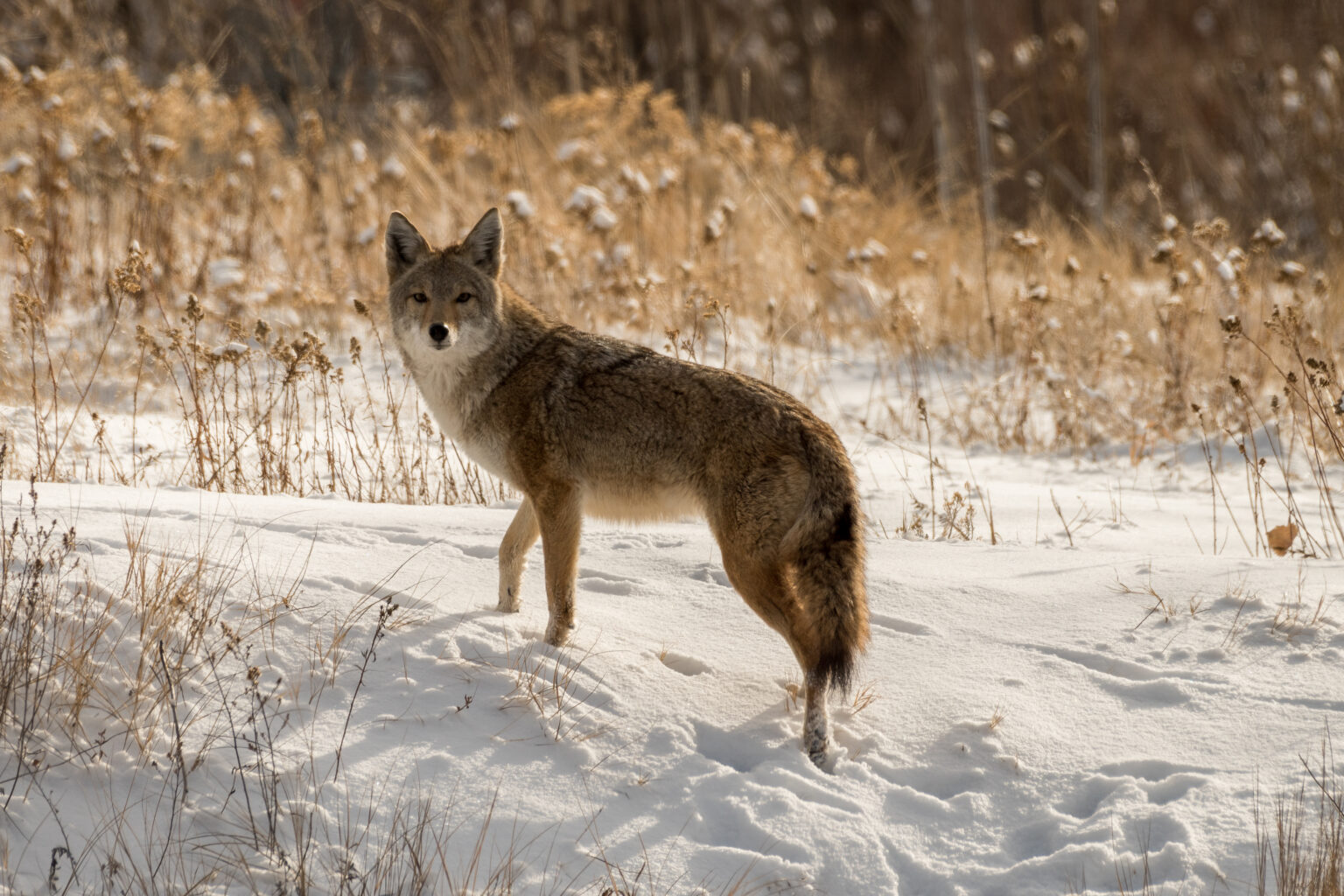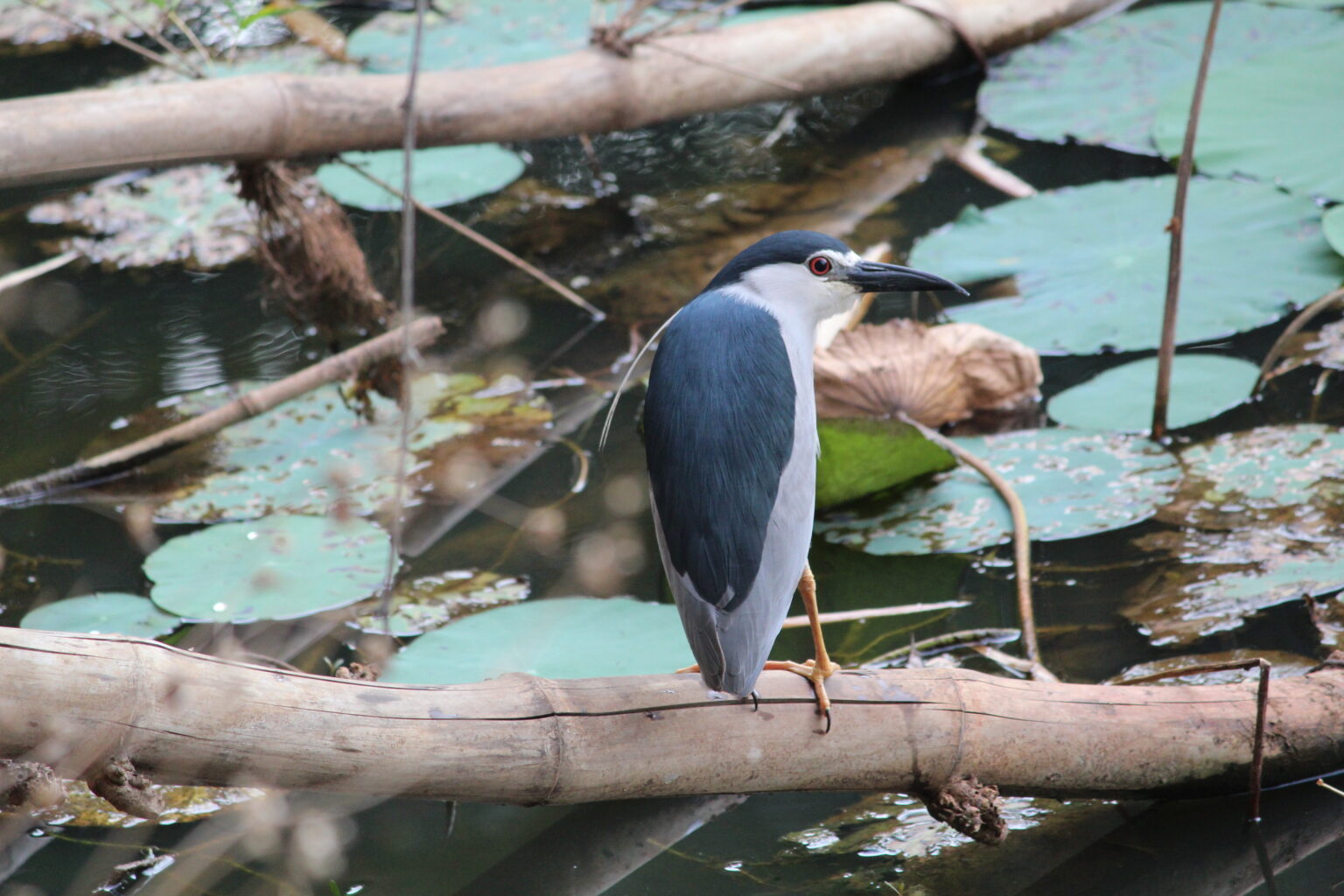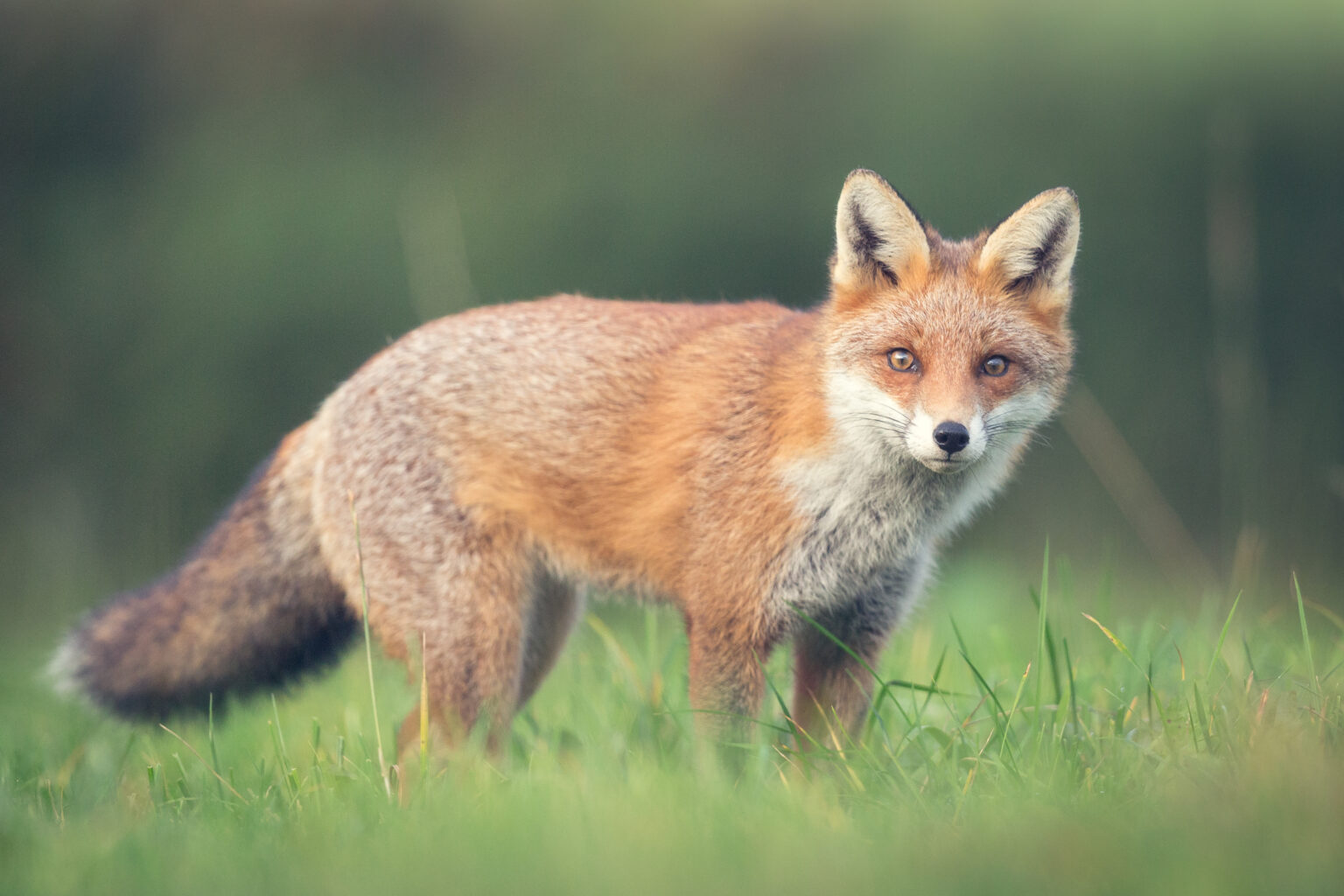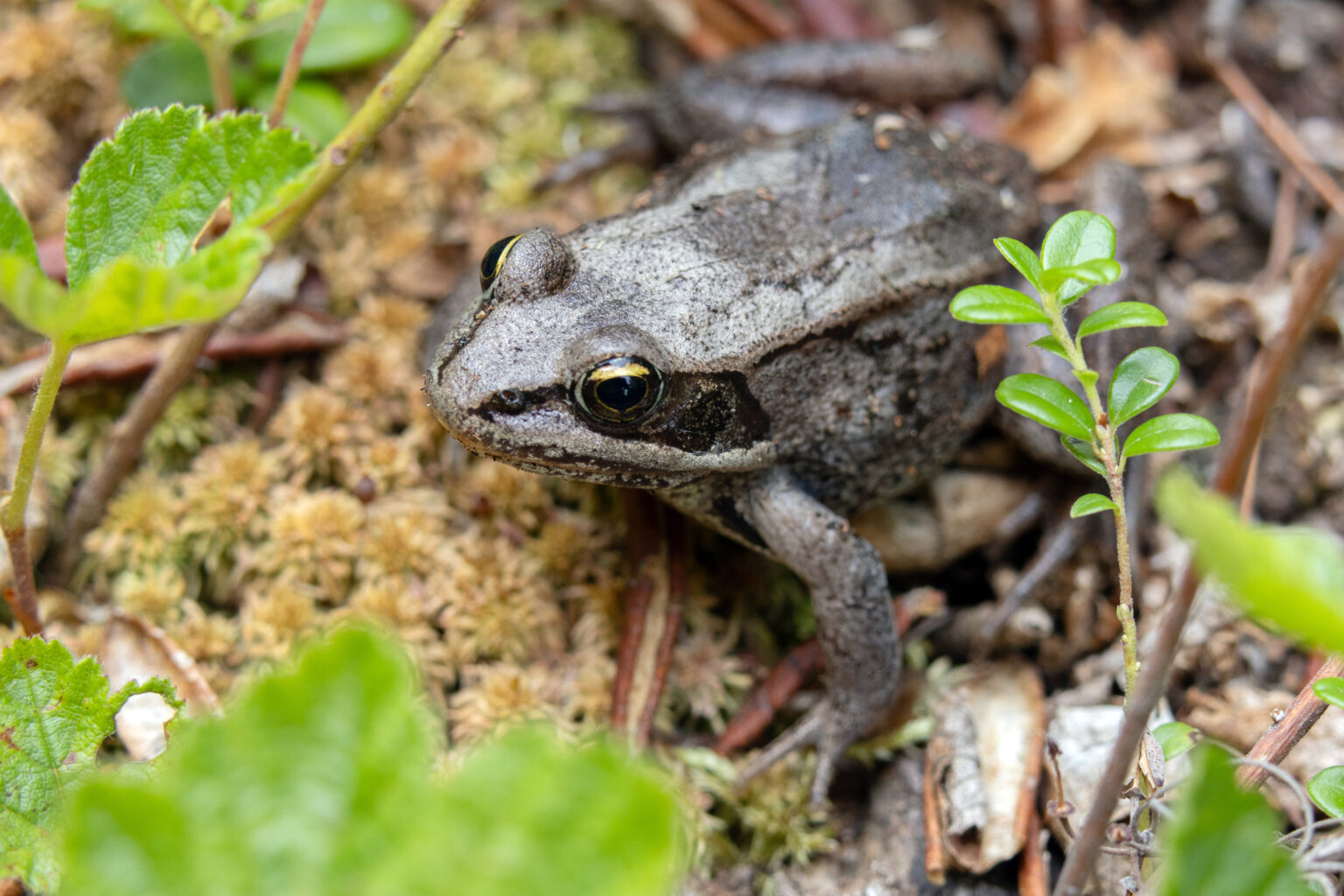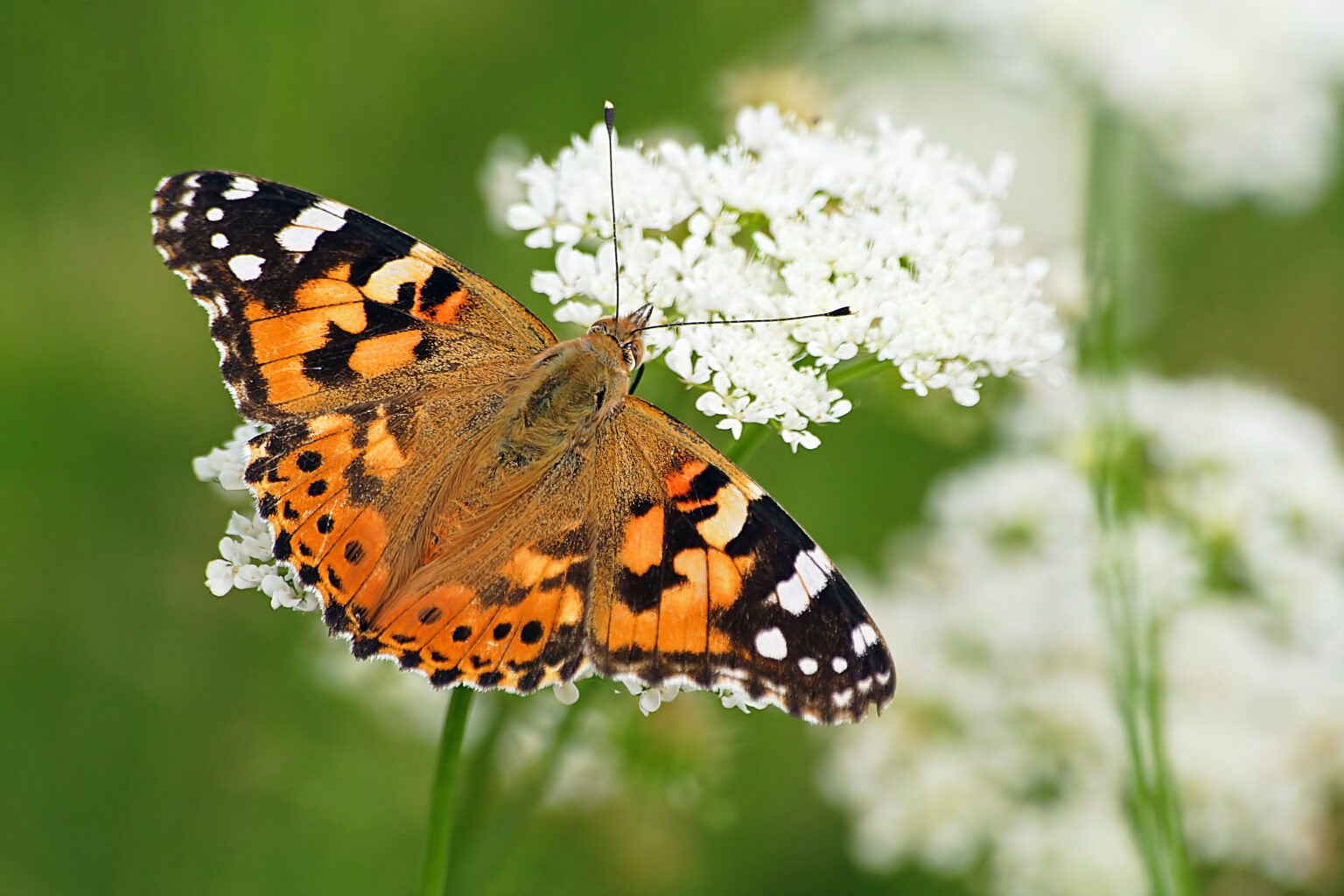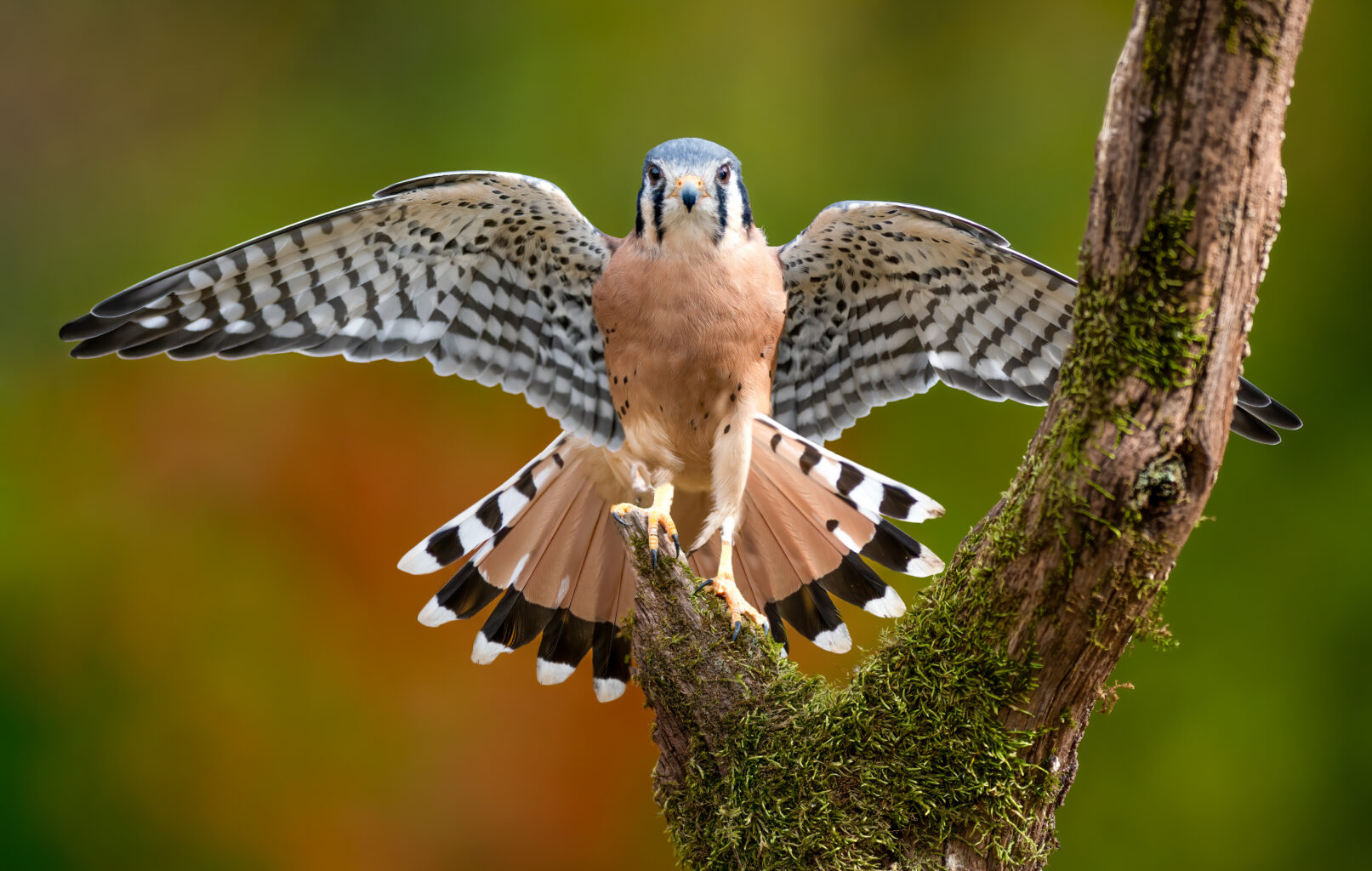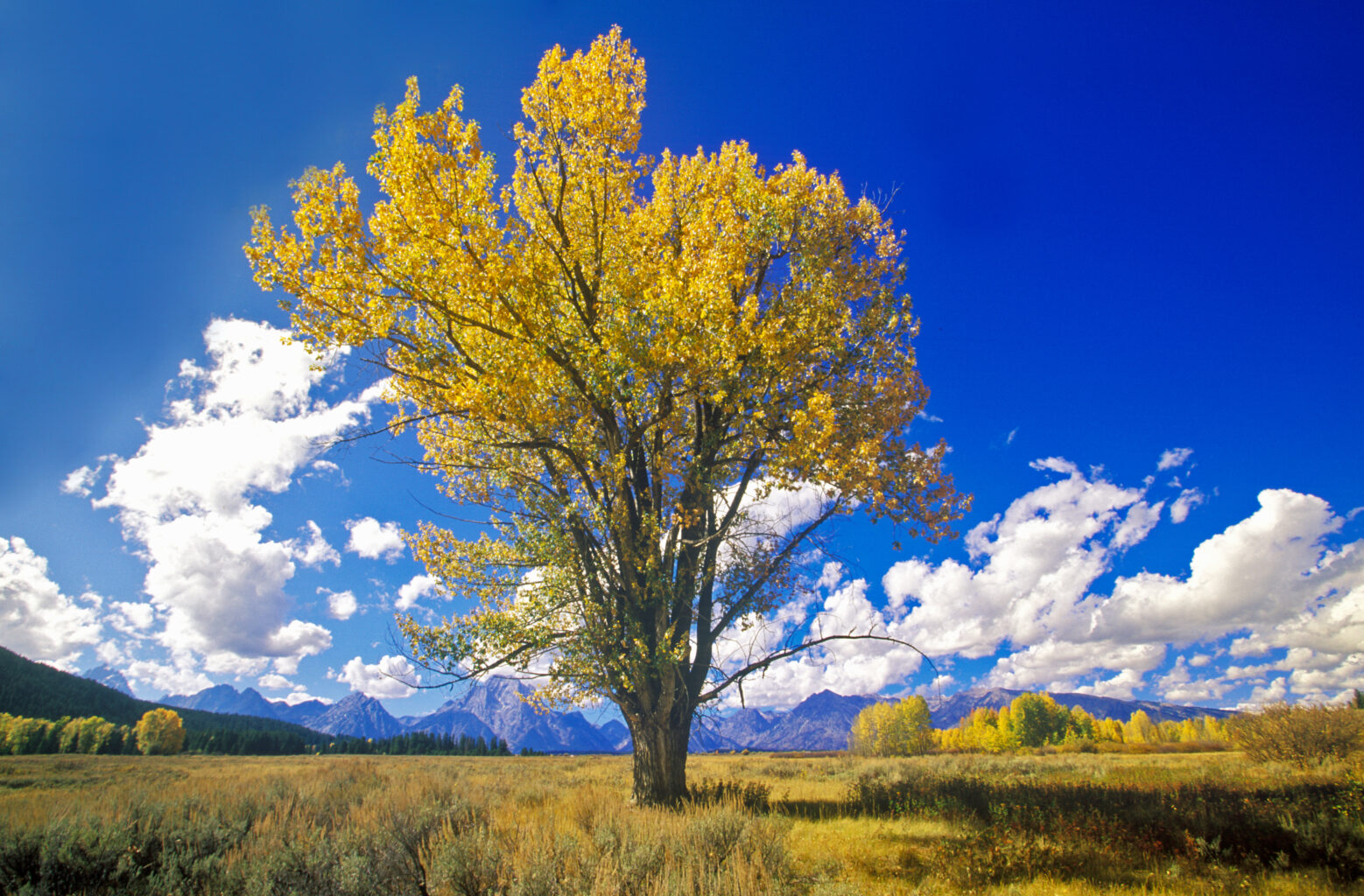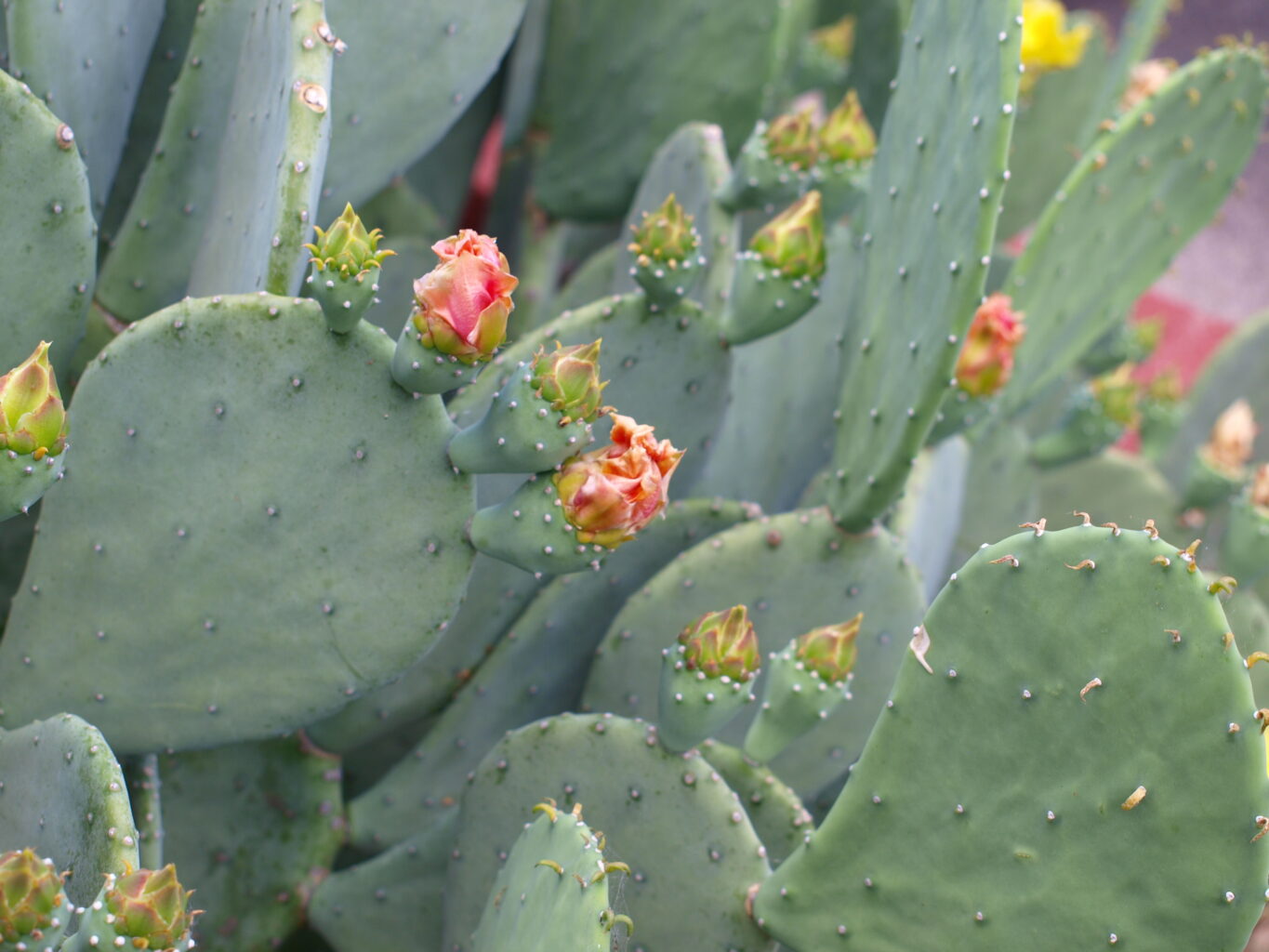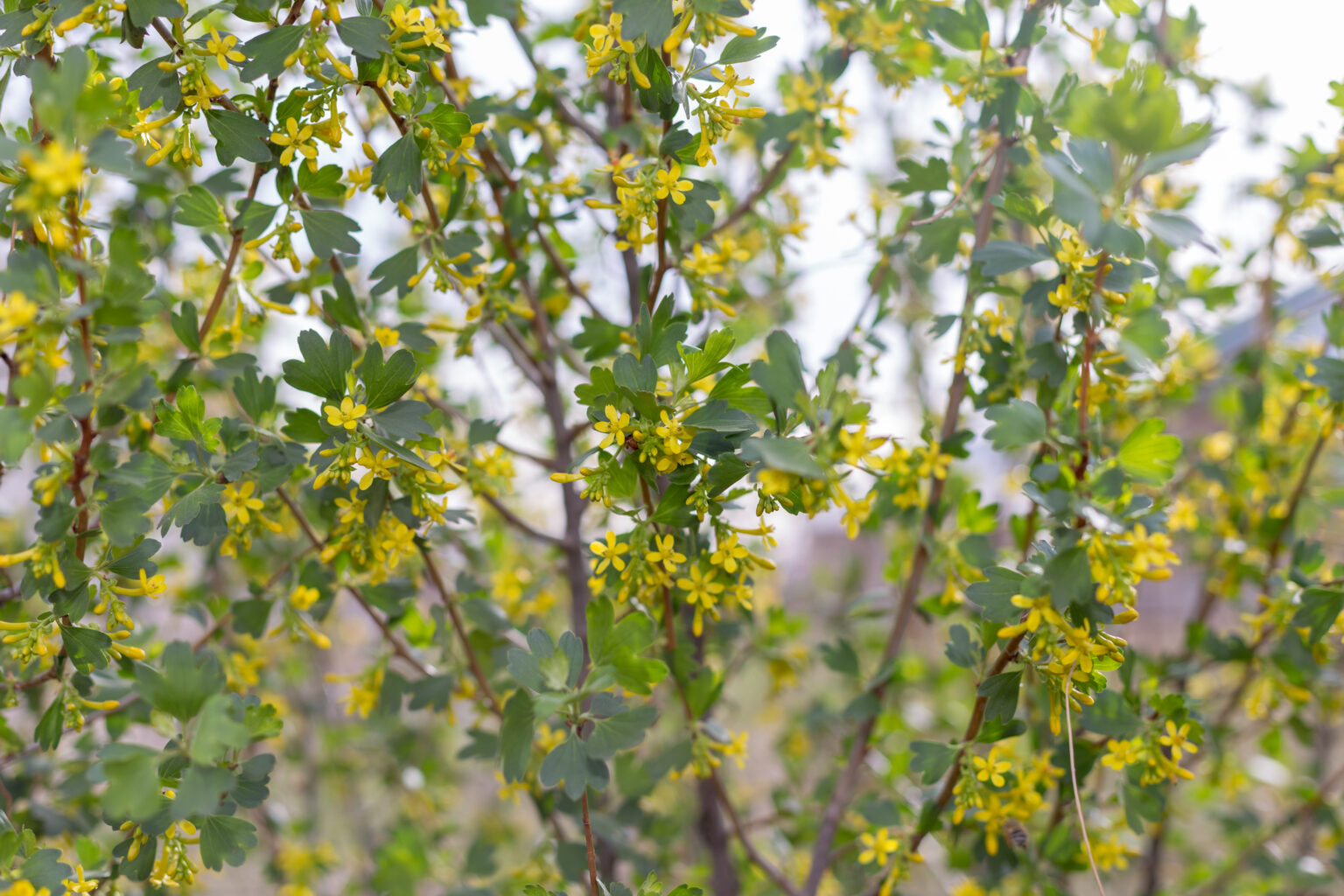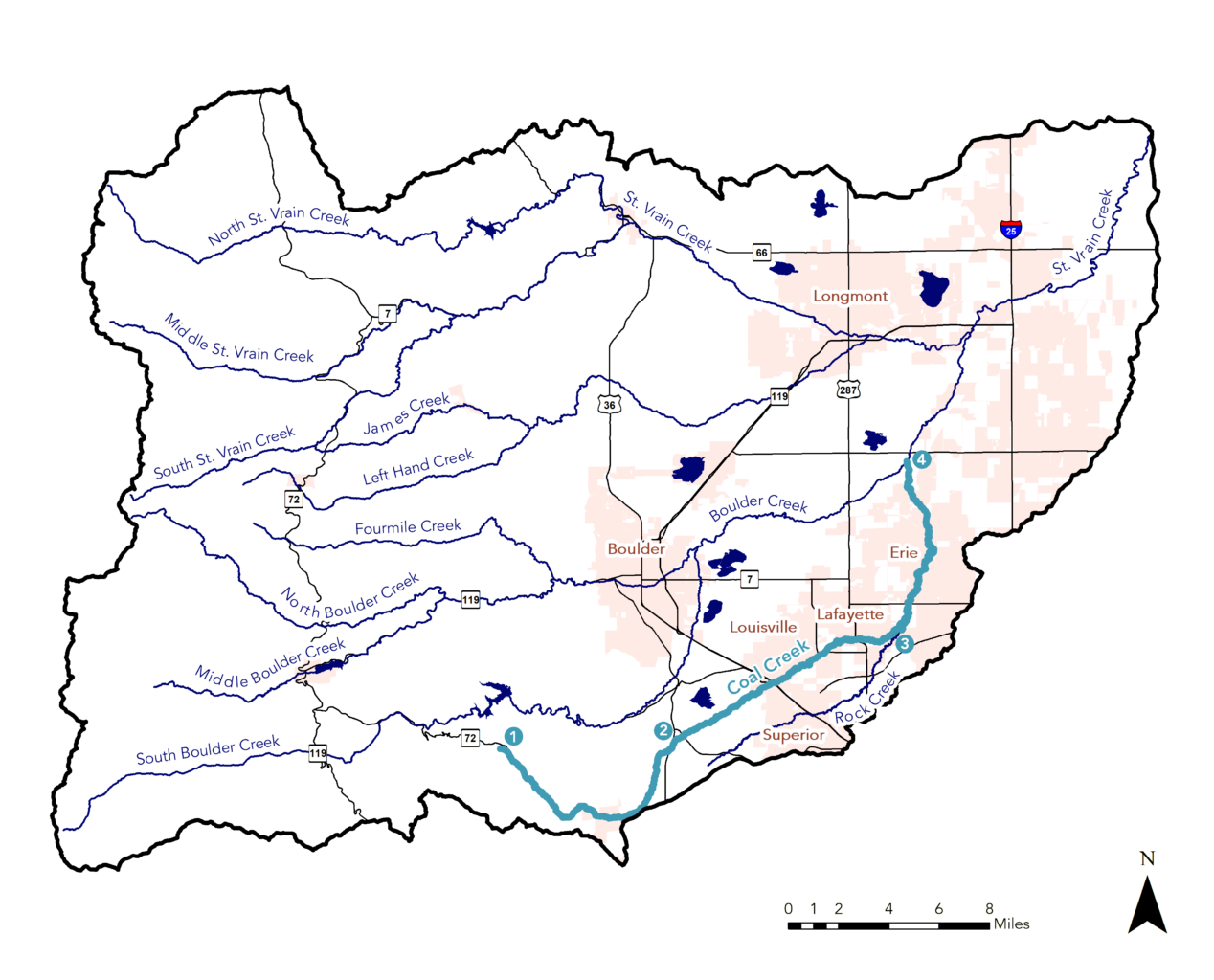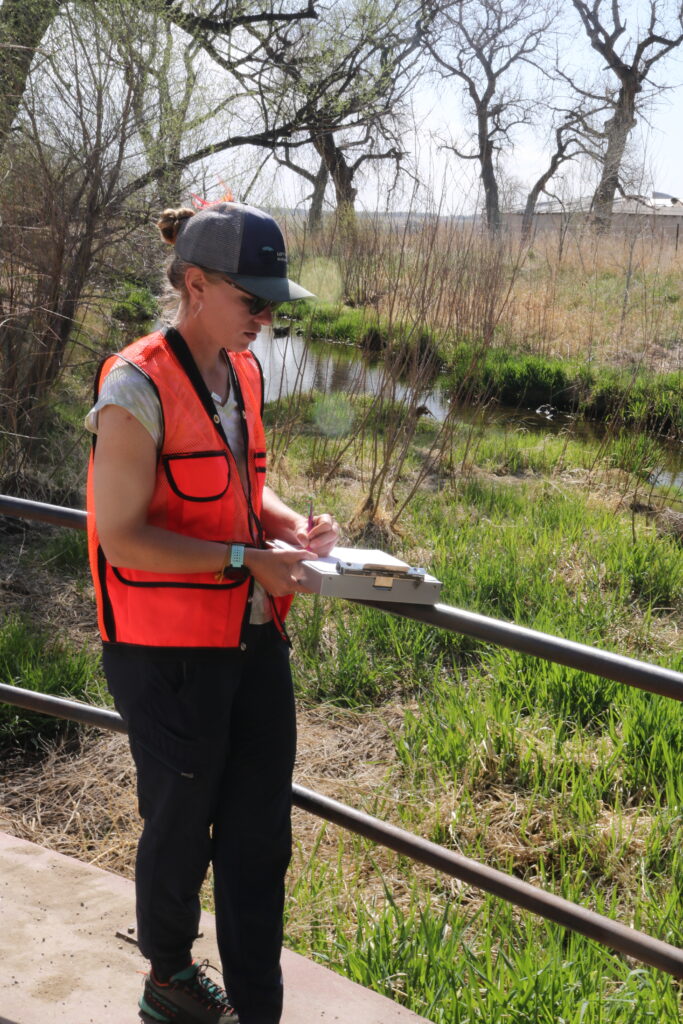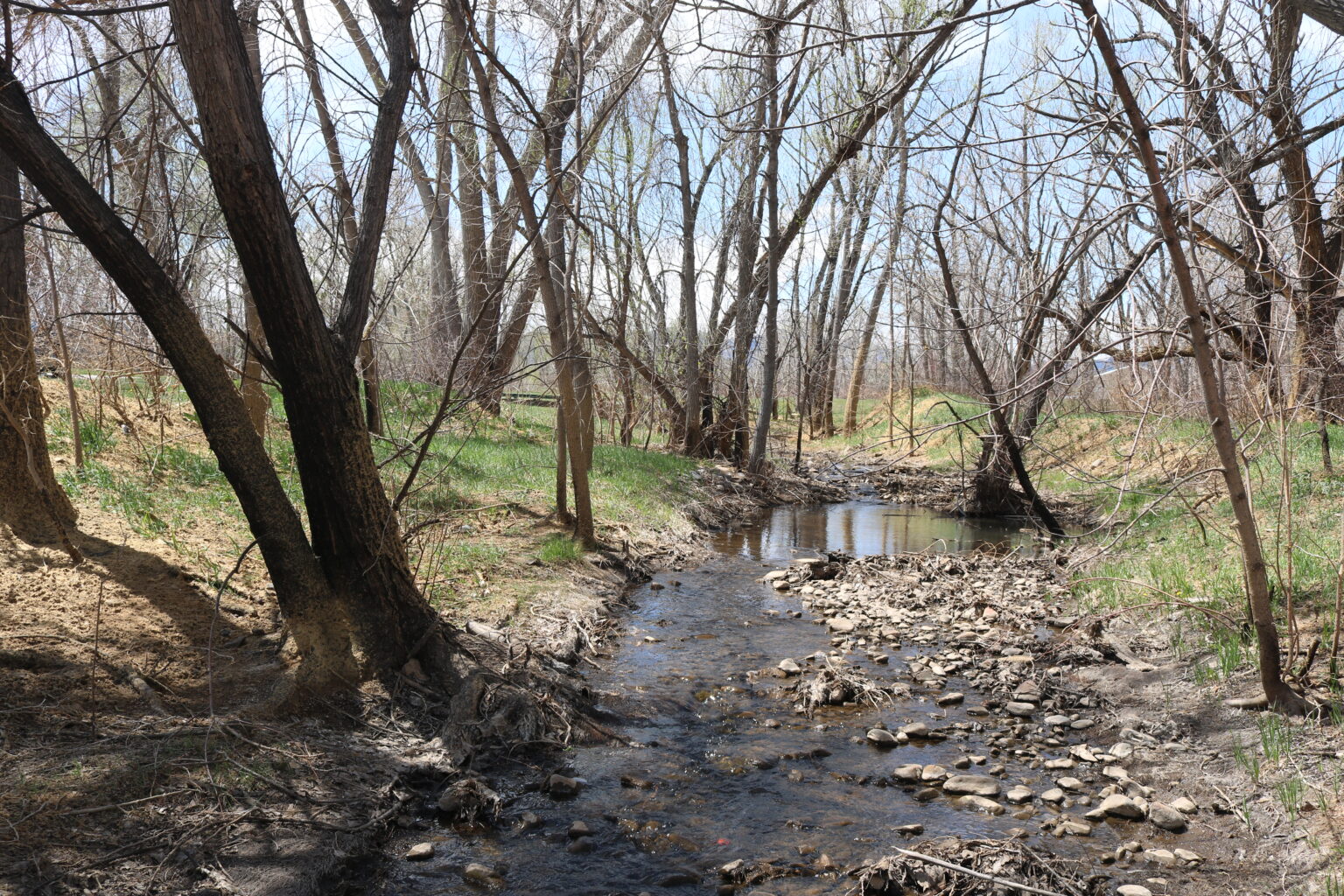Water Quality in Coal Creek
The Boulder St. Vrain watershed generally has good water quality, but like all watersheds it is impacted by human activities. In addition to pollutants from human activities, water quality is impacted by factors like geology, land cover, and hydrology. Understanding these background factors in our watershed helps us understand potential sources of pollutants and how to address them.
Human Impact
When comparing water quality monitoring sites above and below wastewater treatment plants along Coal Creek, we can see that the inflows of treated wastewater contribute to increased levels of total nitrogen and total phosphorus. However, long term trends show that both total nitrogen and total phosphorus levels are decreasing over time, likely in part due to the wastewater treatment plant upgrades cities are making.
Watch a video about the Lafayette Wastewater Treatment Plant and its UV waste water treatment process.
Learn about the history and treatment processes of Louisville’s Wastewater Treatment Plant.
Read an overview of the treatment process at Superior’s Wastewater Treatment Facility.
Environmental Factors
Geology is another important factor to look at when trying to understand water quality in a waterway. The geology of an area can impact water hardness and metal concentration. Our upper watershed, in the foothills and mountains, is primarily made up of older metamorphic and igneous rocks (such as granite) that do not dissolve easily in water, resulting in lower water hardness and background concentrations of some metals. The lower watershed, where Coal Creek flows, consists of younger sedimentary rocks and deposits that dissolve more easily in water, leading to increased hardness and background concentrations of some metals.

